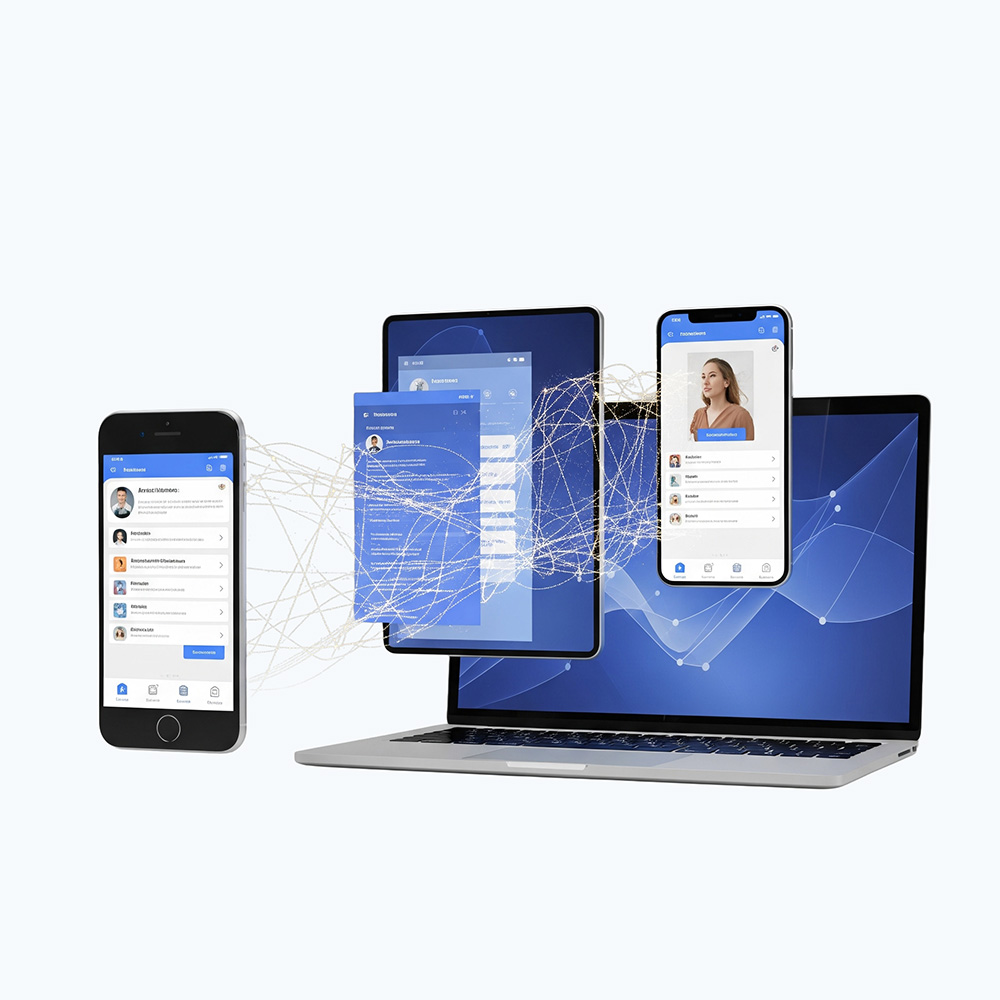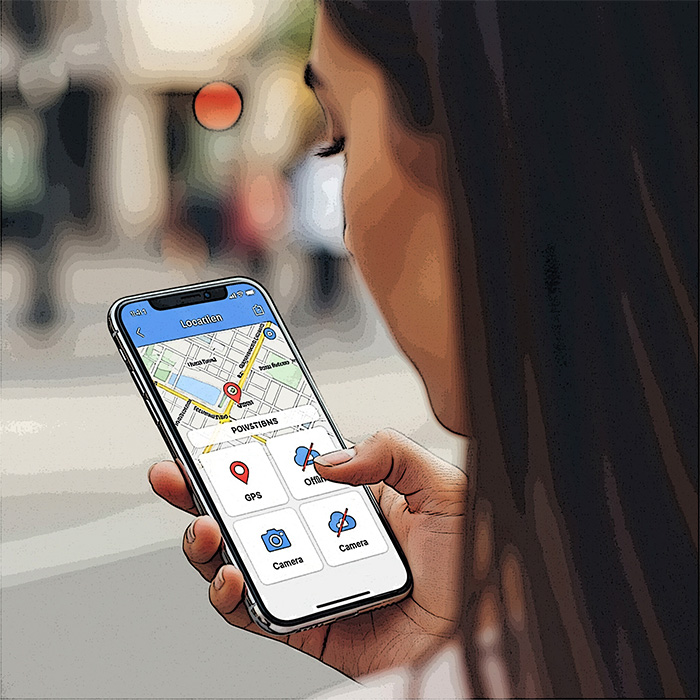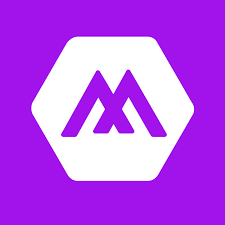Mobile & Desktop App Development
Reach your users wherever they are. We build powerful, high-performance native applications for mobile and desktop that deliver a seamless user experience, offline capabilities, and deep integration with the device hardware.

When a Web App Isn't Enough
While web applications are incredibly versatile, some use cases demand the power and performance of a native application. If you need to work offline, access device hardware like cameras or GPS, or require intensive processing for complex tasks, a dedicated mobile or desktop app is the superior solution.

Mobile App Development
Engage your users on the go with beautiful, intuitive applications for both iOS and Android.
-
Native Performance
We build apps that are fast, fluid, and optimised for the specific platform, delivering the best possible user experience.
-
Access to Device Features
Leverage the full power of mobile devices, including push notifications, cameras, GPS, accelerometers, and more.
-
Offline Functionality
Design applications that work reliably even without an internet connection, syncing data once connectivity is restored.

Desktop App Development
For power-intensive tasks and complex workflows, nothing beats the performance and stability of a native desktop application for Windows or macOS.
-
Maximum Performance
Utilise the full processing power of the user's computer for data-heavy tasks, complex calculations, and high-resolution graphics.
-
Deep System Integration
Integrate seamlessly with the operating system, file system, and peripheral hardware like printers, scanners, and industrial devices.
-
Enhanced Security
Desktop applications can offer a more controlled and secure environment for handling sensitive business data.
Common App Development Challenges We Solve
Building native applications presents unique technical and strategic challenges. Our experience across hundreds of projects means we've encountered and solved the issues that often derail app development initiatives.
Platform Fragmentation
Different OS versions, device capabilities, and screen sizes create a testing nightmare that can double development time and costs.
Performance Optimisation
Users expect instant response times, but complex features and large datasets can make apps sluggish without careful architecture.
App Store Approval
Navigating Apple and Google's constantly changing guidelines and approval processes can delay launches by weeks.
Maintenance Burden
Maintaining separate codebases for iOS, Android, Windows, and macOS multiplies ongoing costs and complexity.

Our Expertise: One Codebase, Multiple Platforms
Building separate apps for every platform can be time-consuming and expensive. As experts in modern development frameworks like .NET MAUI (Multi-platform App UI), we can build your application from a single, shared codebase.
This approach significantly reduces development time and cost while still delivering a fully native application on Windows, macOS, iOS, and Android, ensuring your users get the best possible experience on every device.
Frequently Asked Questions
Choose a native app when you need offline functionality, device hardware access (camera, GPS, sensors), push notifications, or intensive processing. Web apps are better for content-focused applications, broad accessibility, and when you need instant updates without app store approval. Many businesses benefit from a hybrid approach: a web app for general access and a native app for power users. We often recommend starting with a Progressive Web App (PWA) to test the market before investing in native development.
Using cross-platform frameworks like .NET MAUI, building for multiple platforms adds only 20-30% to the cost compared to a single platform. A typical mobile app investment for one platform can be extended cost-effectively to cover iOS, Android, Windows, and macOS. Traditional native development (separate codebases) would cost significantly more per additional platform. The real savings come in maintenance - updating one codebase instead of four provides substantial ongoing cost savings.
Apple App Store typically takes 24-48 hours for review, though it can take up to 7 days. Google Play Store usually approves within 2-3 hours, sometimes up to 24 hours. However, rejections are common on first submission - about 40% of apps get rejected initially, usually for minor issues. We handle the entire submission process, including responding to rejections. For enterprise apps, we can use Apple Business Manager or Google Play Private Channel to bypass public app stores entirely, deploying directly to your organisation.
Yes, but the approach depends on your goals. We can wrap your web app in a native shell (using technologies like Capacitor) to access device features and publish to app stores - this is a cost-effective approach taking 2-4 weeks. For a better user experience, we can rebuild the UI natively while connecting to your existing backend APIs - this takes 8-12 weeks but delivers true native performance. Many clients start with the wrapper approach to get to market quickly, then invest in a full native rebuild once they've validated demand.
We provide comprehensive maintenance packages with competitive rates, covering OS updates, security patches, and minor enhancements. Critical updates can be deployed within 24 hours once approved by app stores. For content updates, we often implement content management systems allowing you to update text, images, and data without app store resubmission. We use over-the-air update systems for JavaScript-based apps, enabling instant updates. All apps include crash reporting and analytics so we can proactively identify and fix issues before users complain.
Ready to Build a Native App Experience?
Let's discuss your project and determine the best platform - mobile, desktop, or both - to deliver value to your users and achieve your business goals.